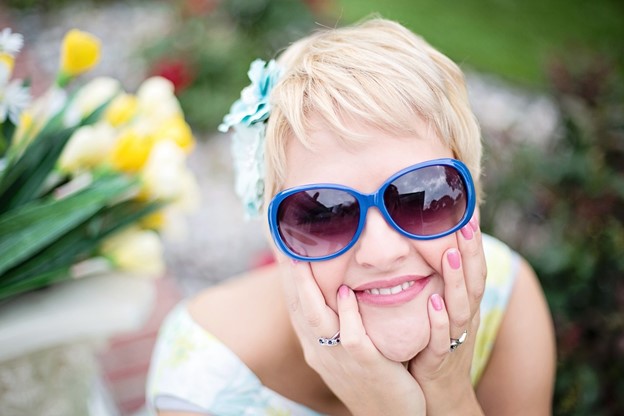We know that physical health is crucial, but so too is our mental health. With the stress of daily life and so many of us pressed for time, it’s difficult to find ways to enhance or implement changes to boost our mental health. Fortunately, there are several easy ways to do just that. With a little planning and an open mind, you can live your best life.
Set small goals
Many people are perfectionists to some degree, but it can be difficult to live up to our own expectations. Knowing how to set small goals and work to attain them will help you derive satisfaction, feel a sense of pride, and will keep you from feeling overwhelmed. Keeping realistic expectations is one of the keys to success, no matter what the goal is.
Take a new approach at work
Work is one of the top stressors for adults, and many Americans are dissatisfied with their jobs. Most likely, it’s not the actual work that causes unhappiness so much as how we manage our feelings and behaviors related to our job. Simple tweaks like adjusting your perspective with a monotonous task, or remembering to slow down, or even changing your work schedule slightly can make a significant impact.
Outsource tasks
Aside from work, personal responsibilities are right up there in the list of top stressors. Yes, we all have these stressors, but implementing certain hacks can reduce frustration or even eliminate unnecessary stress. For example, if you struggle with getting home to walk your dog every evening, consider hiring a dog walker. If you’re overwhelmed with making dinner every night of the week, try meal-prepping, or turn to a meal delivery service.
Exercise
Getting in daily exercise is a well-known mood booster, and it’s especially effective if you spend time outside. Soaking up the sunshine can improve positive thoughts and keep you looking forward. Remember those small goals we talked about? Well, daily movement is one of them. Make an appointment with yourself to spend at least 30 minutes every day walking, going for a run, taking a hike, bicycling or enjoying a fitness class. You’ll enjoy an improved mood and better sleep.
Learn to relax and focus
Meditation and yoga can help you learn to focus on the present moment, boost your energy levels, relieve anxiety, and learn breathing techniques that will allow you to relax just about anywhere you are. These techniques are especially helpful when you’re dealing with work or family frustrations.
Put work into relationships
Whether it’s with a significant other or a family member, working on your relationships can help you achieve happiness or closure. Have a formerly close friend you’ve lost touch with? Write a letter, or make a phone call. Keeping healthy relationships alive and well will help you feel better on a daily basis.
Avoid stress triggers
In the age of technology, when everyone has a smartphone at hand, it can be difficult to avoid stressful interactions, particularly when it comes to social media, which can be especially harmful to people who suffer from anxiety or depression. Be sure to take care when using these modes of interaction, especially if you know it triggers uncomfortable feelings.
Journal
Not everyone is comfortable with talking about their feelings or issues, and that’s okay. Instead, start a journal and write down negative thoughts instead of venting about them to others. Relieving yourself of those thoughts will allow you to focus on the positive things in your life.
Go Back to School
Many people find completing a degree to be a good way to boost mental health. While increasing your education can certainly help you earn more money, it also keeps you focused and engaged, which is precisely the kind of mental exercise that will make you feel better about yourself. There are plenty of online programs that work around your schedule, so it is easier than ever to start or finish a college degree.
We’re all navigating a crazy time in our lives, which is why devoting time to our mental well-being is so necessary. Slow down, consider these tips, and see what you can do to find calm and peace in your life.
Article courtesy of Elena Stewart



 RSS Feed
RSS Feed